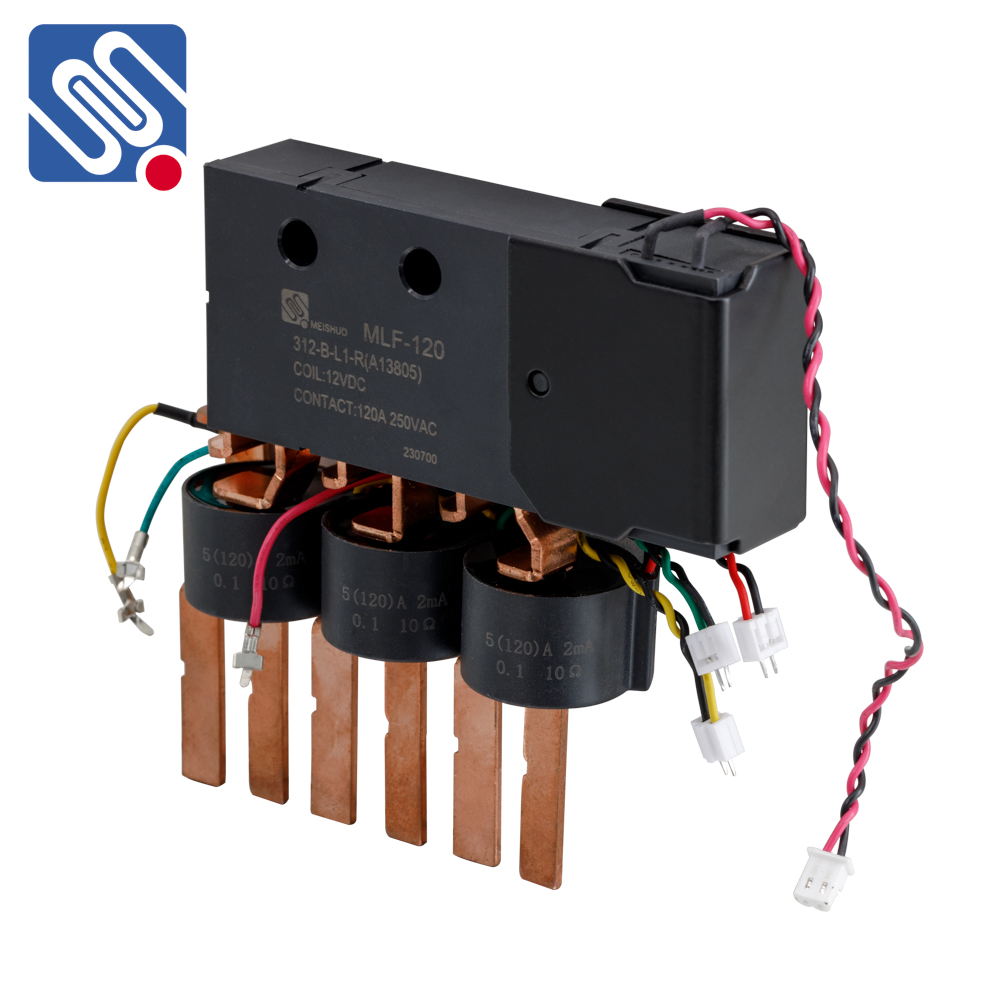Relay assembly is a critical process in the manufacturing of electrical devices that facilitate the control of high-power circuits through low-power signals. Relays are commonly used in a variety of applications, from industrial automation systems to automotive electronics. The assembly of relays involves precise engineering, attention to detail, and a series of systematic steps that ensure optimal functionality and reliability. In this article, we will take a closer look at the relay assembly process and the key stages involved in the production of these essential components.

The Importance of Relay Assembly Relays are electromechanical devices that use an electromagnet to operate a switch, opening or closing a circuit based on an input signal. This makes them invaluable in controlling the flow of electricity in various systems, such as alarms, automotive systems, and home appliances. The relay assembly process is crucial because even the slightest error in the construction of a relay can result in malfunction or failure, compromising the performance of the system in which the relay is used. Therefore, precision, quality control, and skilled labor are fundamental to successful relay assembly.